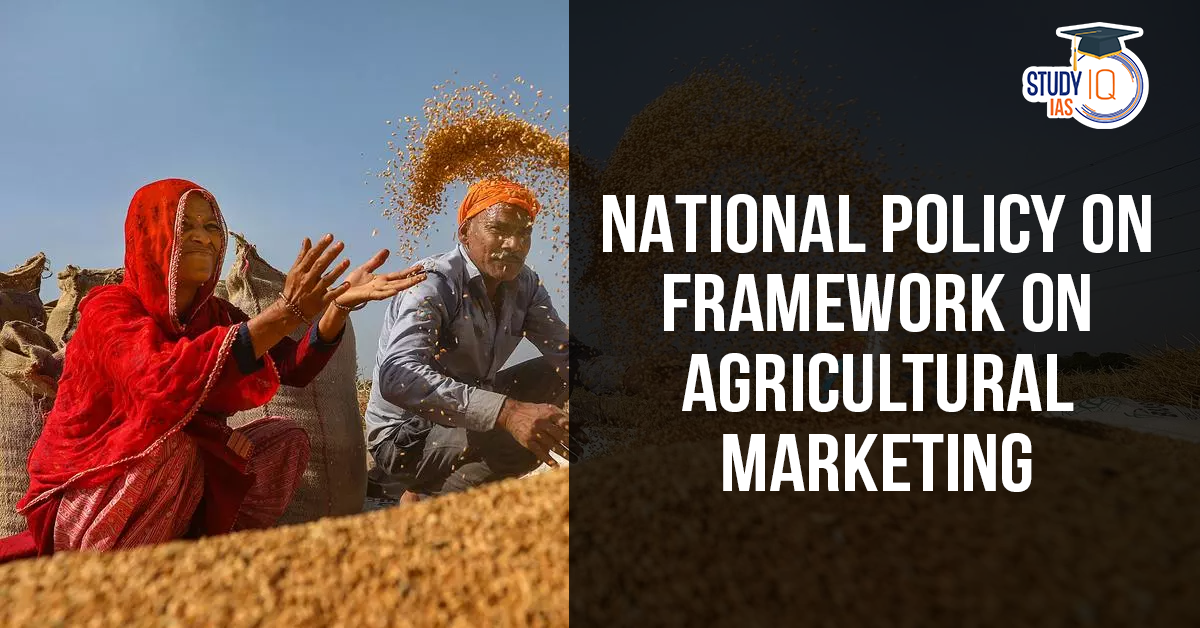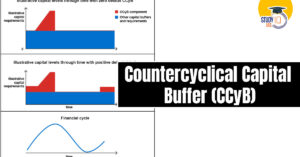Table of Contents
The Ministry of Agriculture and Farmers’ Welfare has drafted the National Policy Framework on Agricultural Marketing to address the challenges in agricultural marketing and create a unified national market. It was prepared by a committee headed by Faiz Ahmed Kidwai. It is the brainchild of Faiz Ahmed Kidwai and addresses systemic inefficiencies to make available innovative solutions to enhance better price realization for agricultural produce. This article covers Key Highlights of the Framework, and a downloadable PDF is available for detailed reading.
About Key Proposals of the Draft Policy
GST-Like Empowered Committee for Agricultural Marketing
Formation of a panel of state agriculture ministers, on the lines of the Empowered Committee of State Finance Ministers on GST, to bring reforms in agricultural marketing and build consensus among states.
- Structure of the Committee:
- Chaired by a state agriculture minister on a rotational basis.
- Other state agriculture ministers as members.
- Registered under the Societies Registration Act, 1860.
Need for a Unified Market
Create a unified national agricultural market with seamless trade across states. Also simplify agricultural marketing through single licensing/registration and uniform market fees.
- Current Challenges:
- Fragmentation of markets due to state-legislated APMC Acts.
- Resistance to adopting earlier reforms like the Model APMC Act, 2003.
Price Insurance Scheme
Proposal to launch a price insurance scheme modeled after the Pradhan Mantri Fasal Bima Yojana (PMFBY).
- Objective: Protect farmers from price crashes or drops below a threshold level.
- PMFBY’s Framework:
- Covers production risk through insurance.
- Stabilizes farmer income.
- Encourages modern farming practices.
- Ensures credit flow to the agriculture sector.
Other Reforms
- Opening up agricultural markets for private investments to improve infrastructure and competitiveness.
- Promotion of Farmer Producer Organizations (FPOs) and direct farmer-to-consumer sale channels.
- Emphasis on agro-processing, storage and transportation infrastructure to reduce post-harvest losses and improve market access.
Key Highlights of the National Policy Framework
Empowered Agricultural Marketing Reform Committee
- Formation of a committee comprising State Agricultural Marketing Ministers to harmonize marketing policies across states.
- Chaired by the Agriculture Minister of any state on a rotational basis, this committee aims to emulate the success of the GST Council in creating a unified framework.
Supply Chain and Market Reforms
- Declaration of warehouses and cold storage as deemed market yards to streamline the supply chain.
- Facilitation of direct purchases by exporters and processors, reducing intermediaries to enhance farmers’ profits.
Infrastructure Enhancement
- Focus on value chain-centric infrastructure using advanced technologies like AI and blockchain.
- Involvement of the private sector to boost investments in storage, transportation, and processing facilities.
Expansion of eNAM
- Broadening the scope of the National Agricultural Market (eNAM) beyond APMCs to include sub-market yards and private market operators.
- Automation of mandi processes for seamless and transparent transactions.
Challenges in Agricultural Marketing in India
Agricultural marketing in India faces several challenges that hinder fair price realization and market access for farmers:
- Inadequate Infrastructure: Lack of storage, cold chain facilities, and transportation leads to post-harvest losses.
- Fragmented Markets: Multiple intermediaries in the supply chain reduce farmers’ profit margins.
- Price Fluctuations: Market volatility causes income instability.
- Limited Market Access: Small farmers often struggle to reach organized or distant markets.
- Lack of Market Information: Absence of timely updates on demand, prices, and quality standards.
- Regulatory Complexities: Diverse state regulations add to inefficiencies in agricultural trade.
Why Farmers are Opposing this Policy
- Farmers fear that opening up markets to private players could lead to monopolistic practices by big corporations.
- Farmers fear dependency on private storage facilities like warehouses and cold storage, which may come with high costs and limited accessibility for small farmers.
- While the draft suggests a price insurance scheme to protect farmers from price crashes, details about its implementation and effectiveness remain unclear.
| Note |
| Agricultural marketing a State subject under Entry 28 of List-II (State List) of VII Schedule under article 246 of the Constitution. |
Download National Policy Framework on Agricultural Marketing PDF
Click the link below to download the official PDF of the National Policy Framework on Agricultural Marketing for comprehensive details about its proposals, reforms, and objectives.


 5 Years of SVAMITVA Scheme and Its Benef...
5 Years of SVAMITVA Scheme and Its Benef...
 Places in News for UPSC 2025 for Prelims...
Places in News for UPSC 2025 for Prelims...
 Countercyclical Capital Buffer (CCyB): P...
Countercyclical Capital Buffer (CCyB): P...





















